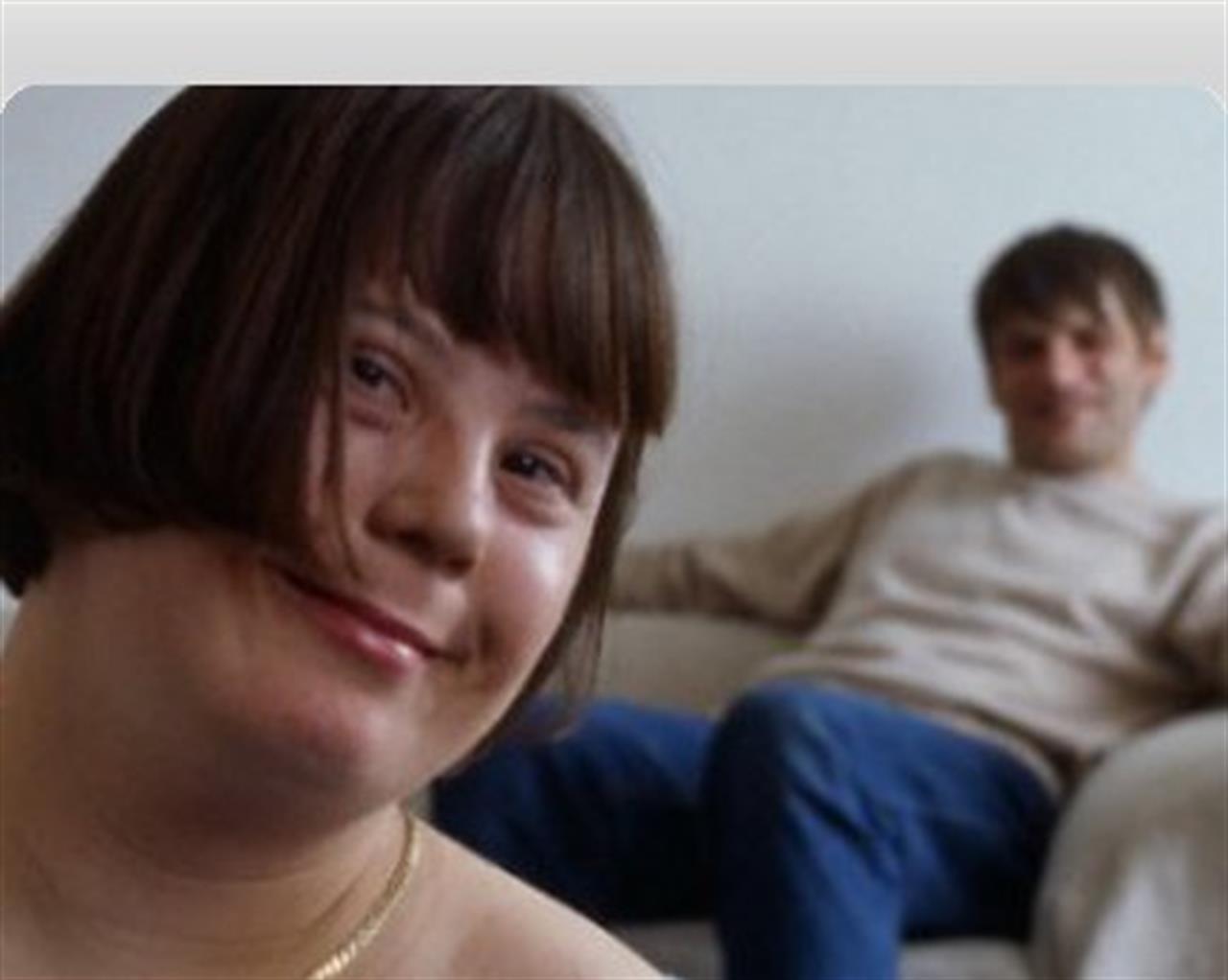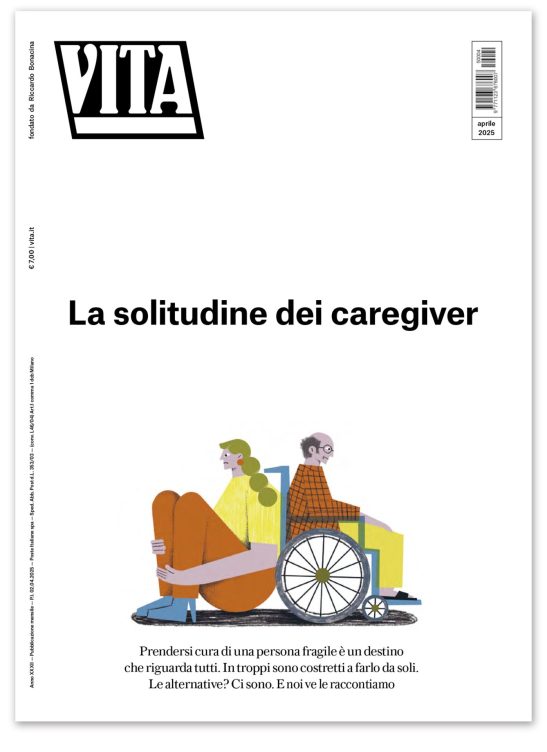Famiglia
Women more prone to disability than men
Three-quarters of disabled people in low and middle income countries are women

[Brussels, 17 May 2011] USAID have compiled a collection of statistics on the gender dimension of disability. The numbers of disabled women are higher than those of disabled men; they make up as many as 3/4 of disabled persons in low and middle income countries. According to the ILO, this is due to neglect in health care, poor workforce conditions, and/or gender-based violence. These women are particularly vulnerable, both economically and physically. In the EU, 44% of women with disabilities are unemployed, as compared to 25% of disabled men. When employed, they face a huge gender pay gap: according to US figures men with disabilities earn 55% more than their female counterparts. Women and girls with disabilities also face shockingly high risks of male violence, with 39-68% in the OECD being sexually abused before their 18th birthday. Read more below.
General Statistics
According the World Health Organization (WHO), 10% of men, women, and children worldwide live with some form of disability.
Approximately 300 million women and girls around the world have an intellectual, mental, sensory, and/or physical disability.
Globally, women make up three-fourths of the disabled people in low and middle income countries. Between 65% and 70% of these women live in rural areas.
In OECD countries, statistics consistently identify between 12-20% of the population as disabled. Most OECD countries report higher incidence of disability among women than among men.
The International Labor Organization (ILO) reports that women are at increased risk of becoming disabled during their lifetimes due to neglect in health care, poor workforce conditions, and/or due to gender-based violence.
The World Bank estimates that 20% of the world’s poorest people have some kind of disability, and that they tend to be regarded in their own communities as the most disadvantaged. Women with disabilities are recognized to be doubly disadvantaged, experiencing exclusion on account of both their gender and their disability.
The World Bank estimates that 1 in 5 people living on less than a $1 a day have a disability.
The ILO states that women with disabilities are at increased risk of being sicker, poorer, and more sociality isolated than either men with disabilities or non-disabled women.
The United Nations reports that the combination of male preference in many cultures and the universal devaluation of disability can be deadly for disabled females.
Other Statistics
Employment
According to the United Nations, only 25% of women with disabilities are in the workforce worldwide.
According to the International Disability Forum in Geneva, 75% of women with disabilities worldwide and up to 100% in some developing countries are excluded from the workforce – though the majority contribute significantly to their families through cooking, cleaning, and caring for children and relatives.
Also according to the International Disability Forum in Geneva, women with disabilities are twice as unlikely to find work as disabled men.
According to United States statistics, men with disabilities earn 55% more than women with disabilities.
According to the World Bank, disability-based discrimination in the employment context constitutes one of the most pervasive and insidious forms of discrimination faced by persons with disabilities in many societies.
Education & Literacy
According to the United Nations Development Program (UNDP), the literacy rate for people with disabilities is 3%, with the literacy rate for women and girls with disabilities as low as 1%.
UNICEF estimates that 98% children with disabilities in developing countries do NOT attend schools.
Perkins International estimates that there are 6 million children who are blind or visually impaired throughout the world. Only 10% of these children attend school. Girls with disabilities are less likely to attend school compared to boys with disabilities.
UNICEF estimates that approximately 30% of the world’s street children have a disability.
Health & Nutrition
In developing countries, there is a higher reported mortality rate for girls and women with disabilities due to neglect, lack of medical care, and less access to food or related resources.
A UNICEF study in Nepal reports that the survival rate for boy children, several years after they have had polio, is twice that for girl children- despite the fact that polio itself affects equal numbers of boys and girls.
UNESCO states that 500,000 children every year lose some part of their vision due to vitamin A deficiency. Perkins International estimates that 60% of children who lose their vision die within a year of going blind.
UNESCO states that 41 million babies are born each year at risk of developing an intellectual disability due to insufficient iodine in their mothers’ diets.
There are few rehabilitation services available to men and women with disabilities. UNICEF states that only 3% of individuals receive the rehabilitation support that they need.
HIV/AIDS
According to the World Bank, women with disabilities face unique challenges in preventing HIV infection, due to the heightened risk of gender-based violence, lack of access to reproductive health care services, and low awareness of mother-to-child HIV transmission.
According to a World Bank survey of disabled persons organizations, 87% of the organizations surveyed reported that HIV/AIDS is of immediate concern to the disabled populations that they serve.
The folk belief that individuals with sexually transmitted diseases, (including HIV/AIDS) can rid themselves of the infection if they have intercourse with a virgin poses a particular risk for disabled children due to the mistaken belief that individuals with a disability are sexually inactive – hence virgins.
Gender-Based Violence
A World Bank study showed that women with disabilities are even more likely to be victims of violence or rape than non-disabled women, and they are less likely to be able to obtain police intervention, legal protection, or prophylactic care.
A 2004 survey in Orissa, India, found that virtually all of the women and girls with disabilities were beaten at home, 25% of women with intellectual disabilities had been raped, and 6% of women with disabilities had been forcibly sterilized.
OECD studies suggest that 39-68% of girls and 16-30 % of boys with intellectual or developmental disabilities will be sexually abused before their 18th birthday.
Human Trafficking
Women and girls with disabilities are also at risk for being trafficked and forced into prostitution though they are rarely included in anti-trafficking programs.
A UNICEF report in Thailand states that proprietors of houses of prostitution have specifically sought out deaf girl children and adolescents, with the idea that such young people will be less able to communicate their distress or find their way back to their homes in a world where neither their customers nor their employers or fellow sex workers are able to speak sign language.
A UNICEF study in Taiwan found that the proportion of child prostitutes who had mild developmental disabilities was six times greater than what might be expected from the incidence in the general population.
Vuoi accedere all'archivio di VITA?
Con un abbonamento annuale potrai sfogliare più di 50 numeri del nostro magazine, da gennaio 2020 ad oggi: ogni numero una storia sempre attuale. Oltre a tutti i contenuti extra come le newsletter tematiche, i podcast, le infografiche e gli approfondimenti.
